T4K3.news
Plug-in solar kits expand in US homes
Affordable plug-in solar systems gain traction as rules evolve and homeowners explore DIY energy options.

Small, wall-outlet solar systems are growing in the United States as prices fall and regulations loosen.
Plug-in solar kits expand in US homes amid policy shifts
A $2,000 plug-in solar system installed on a Oakland, California, deck shows how small, portable solar can bypass rooftops while still cutting power bills. The kit includes two 400 watt panels, an inverter, a smart meter and a circuit breaker, and it can save about $35 a month by drawing less energy from the grid. For Dwyer, the appeal goes beyond price: cutting his carbon footprint mattered as much as the savings. Rooftop solar remains far pricier, with rooftop installations often costing tens of thousands of dollars plus roof work.
Policy and regulation now shape how quickly these kits spread. Some utilities treat plug-in solar like rooftop systems for interconnection, while others have clearer paths through laws that exempt certain small systems from complex interconnection rules. Utah recently passed a law that streamlines approval and requires safety certifications, a model other states are watching. Bright Saver, a California nonprofit that promotes plug-in solar, reports rising demand and has seen a smaller model sell out in days. Experts caution that consumer savings depend on local utility policies and the true cost of energy over time, making a careful cost-benefit calculation essential.
Key Takeaways
"There is no reason why we shouldn’t have them here in the United States"
Ward on policy openness for plug-in solar in the US
"We are hitting a nerve, many Americans have wanted solar for a long time"
Stryker on demand for plug-in solar
"Technology is ahead of regulators"
Ryan Oliver on regulatory lag
"Anyone can install this"
Craig Keenan on installation ease
The rise of plug-in solar positions a new chapter in household energy, one where cost and convenience meet a patchwork of rules. Regulators and utilities face a choice: keep the grid predictable or welcome a broader mix of energy sources. Tech companies argue the devices are ready for wider use, while regulators worry about safety, interconnection, and long-term grid effects. The Utah example shows how proactive policy can unlock demand, but it also highlights how varied state rules can be, creating a mosaic rather than a nationwide standard.
Highlights
- Technology is ahead of regulators
- Anyone can install this
- There is no reason why we shouldn’t have them here in the United States
- We are hitting a nerve, many Americans have wanted solar for a long time
Policy and regulatory risk around plug-in solar
Policy shifts and interconnection rules shape consumer adoption. Without clear, consistent rules, savings claims may vary by state and utility, potentially triggering public reaction and political scrutiny.
Technology is moving faster than some rules, and that mismatch will test how quickly homes go solar.
Enjoyed this? Let your friends know!
Related News
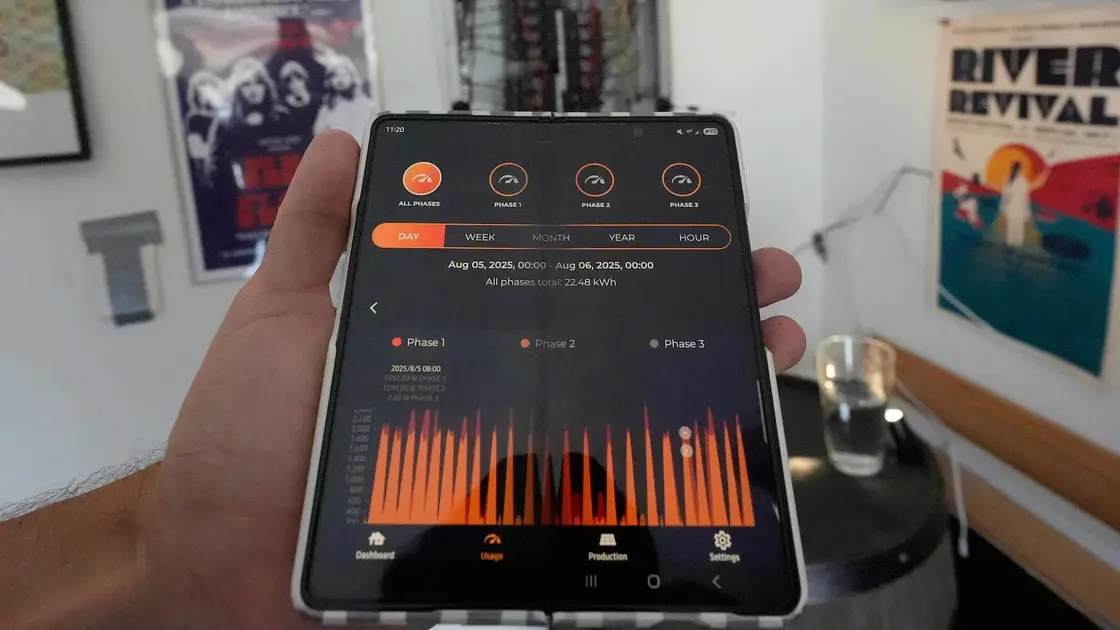
Balcony solar panels gain traction in the US
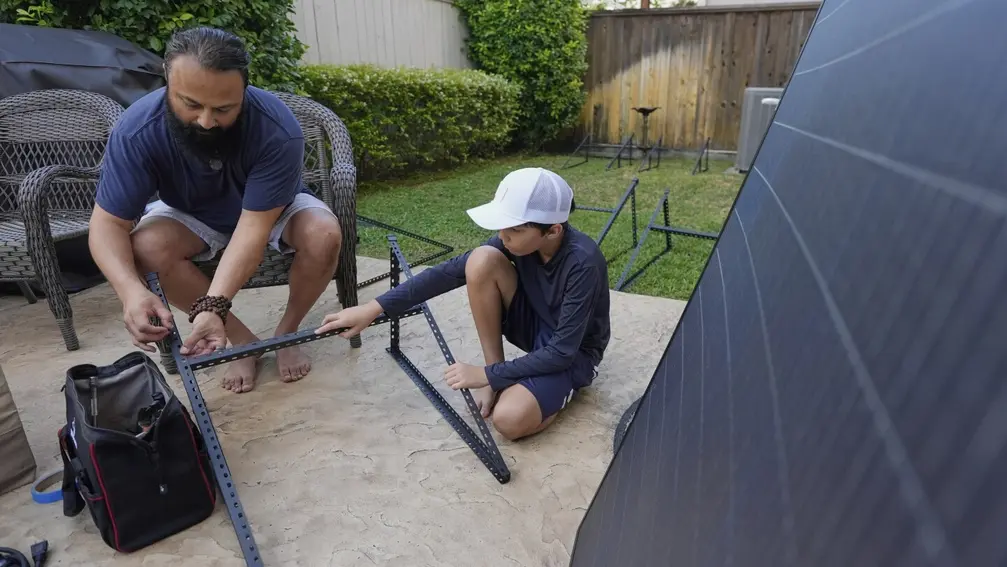
Plug-in solar gains momentum
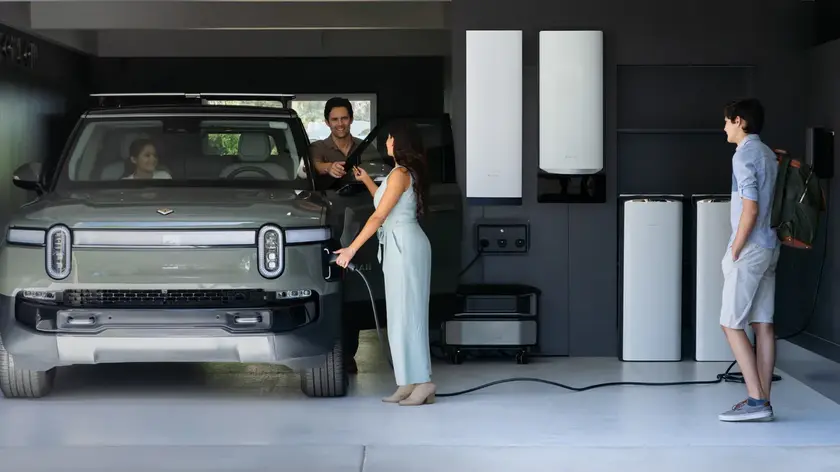
EcoFlow Launches Ocean Pro Battery
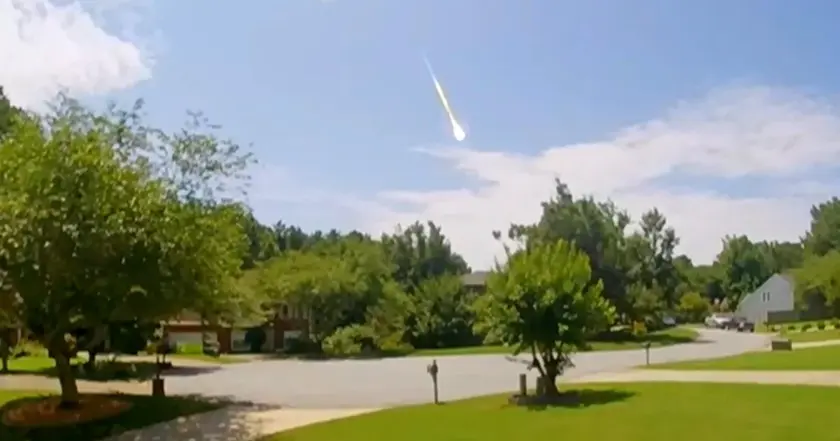
Georgia meteorite older than Earth
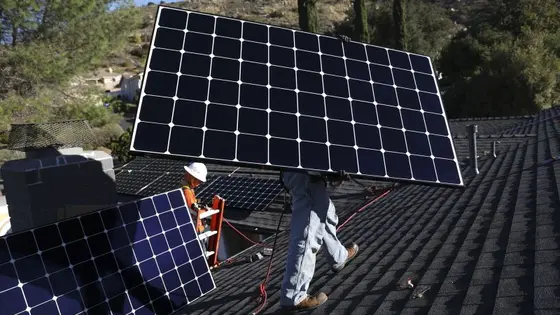
Clean energy tax credits tighten
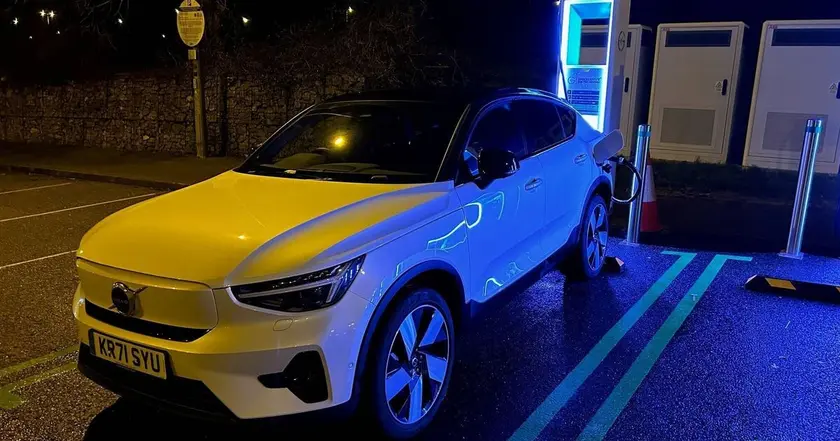
EV long trip reveals time and cost hurdles

US withdraws from Paris climate agreement for second time

Trump Putin Alaska summit stirs Ukraine worries
